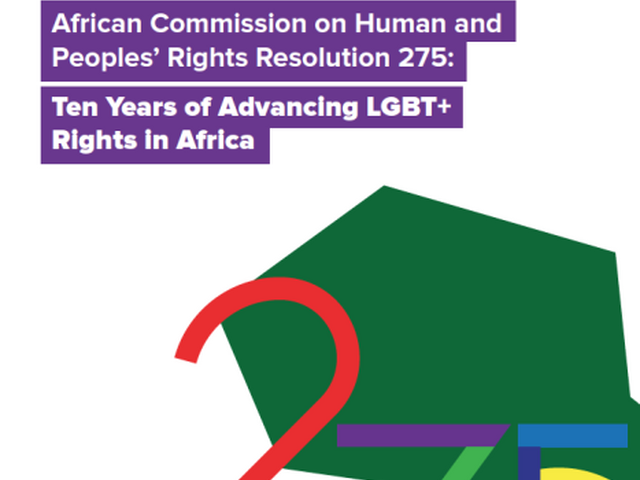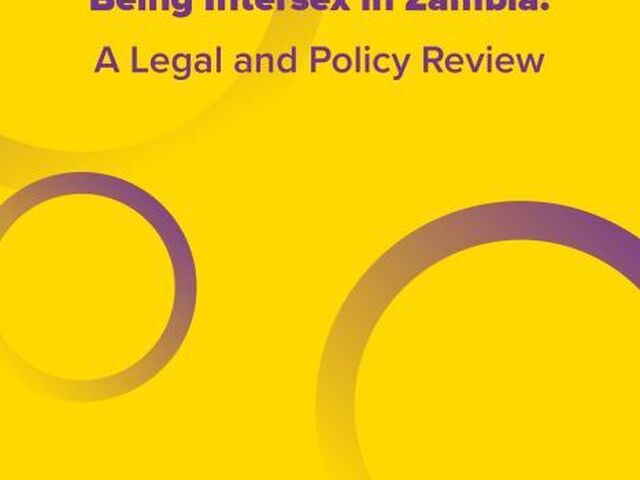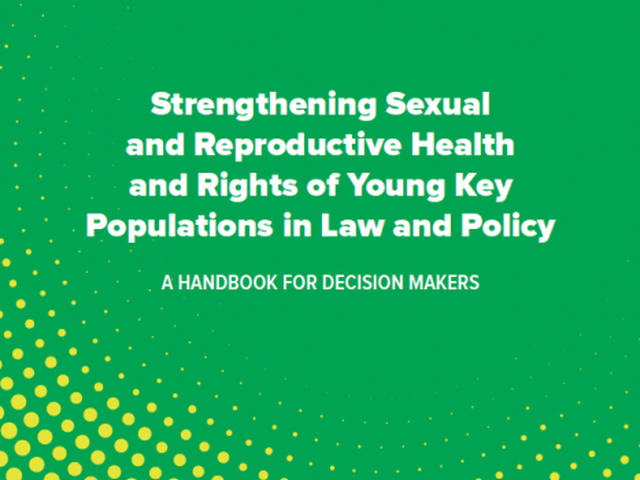UNICEF Snapshot on HIV and AIDS in children and adolescents in Eastern and Southern Africa 2024


WAD-ESA-Regional-Snapshot-2024-3_2024-11-27-064443_pfhb.pdf
15 MB
The decline in new HIV infections among children in Eastern and Southern Africa is one of the top global public health achievements in decades. Since 2010, the scale up of national programmes averted more than 2.6 million new HIV infections in children. The region sustained maternal ART coverage above 90 per cent during each year since 2017. Building on this success, most countries have now adopted “triple elimination” to eliminate vertical transmission of HIV, Syphilis, and Hepatitis B.And yet, 50,000 children acquired HIV through vertical transmission during 2023. Three primary reasons account for this unacceptable outcome. First, ART access varies across countries and many women still miss out on HIV testing and care, especially in fragile contexts. Second, health systems do not retain all mother-infant pairs in care, leaving many at high risk for vertical transmission and their own ill health. Third and directly linked to prevention programmes, one third of all new infections in children relates to women acquiring HIV during pregnancy or breastfeeding.
Go to external page: Download




